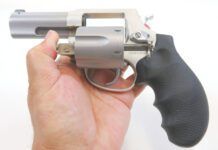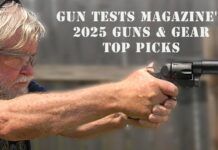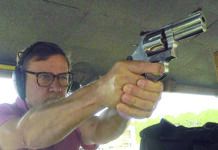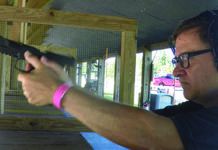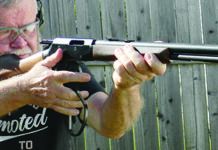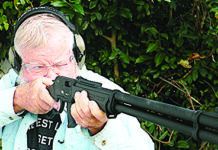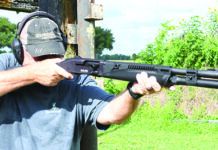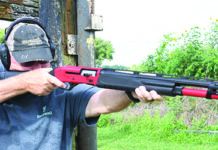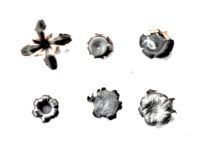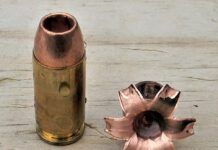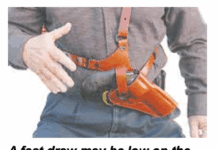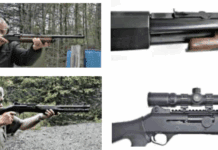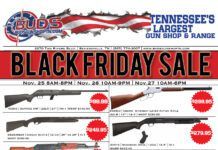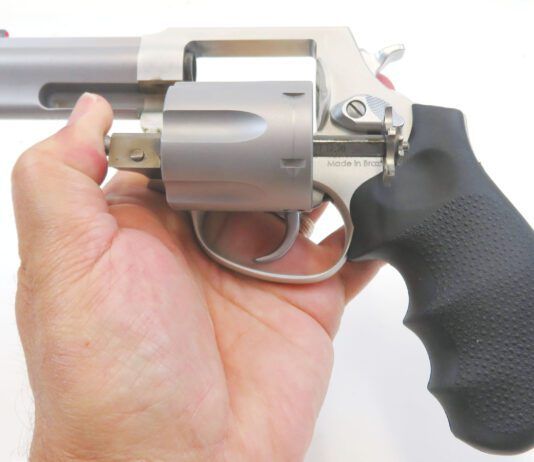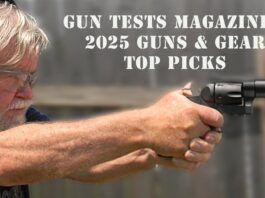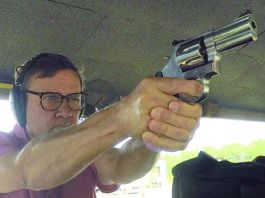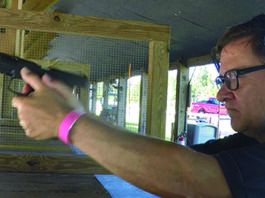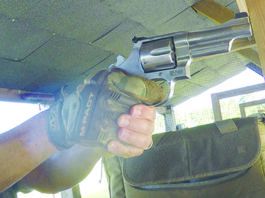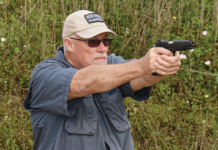VALUE GUIDE: 357 MAGNUM REVOLVERS
VALUE GUIDE: 10MM & 40 S&W HANDGUN RANKINGS
10MM & 40 S&W Handgun Rankings
40 S&W Compacts: Taurus, Kahr, S&W, Springfield, & SIG
Shooting a Pistol Is Simple…Tips for Better Marksmanship
Understanding and rigorously implementing the basics of proper handgun shooting will improve your downrange performance.
Inexpensive Commanders: DE, Iver Johnson, Taurus, Kimber
VALUE GUIDE: 1911 Pistols
9mm Slimline Pistol Shootout: New Glocks & Mossberg Vie
VALUE GUIDE: 9MM HANDGUN RANKINGS
VALUE GUIDE: RECENT 9MM HANDGUN RANKINGS
GUN NAME
ISSUE
GRADE
COMMENTS
Springfield XD(M) 4.5 XDMT9459FDEHCE TB 9mm, $505
Apr.
2019
A
Our Pick as a personal-defense, home-
defense, and tactical pistol.
Glock G34 Gen5 MOS PA3430103MOS 9mm, $710
Apr.
2019
A
The Gen5 guns are the best yet, with superior accuracy and features over earlier Glocks.
CZ-USA CZ P0-9 91620
9mm Luger, $402
Apr.
2019
B
Best Buy. CZ has managed to pack a lot of value into the P0-9. 19-round magazine. …
Don’t Buy Glock Full-Auto Switches
CNN has reported that federal authorities are searching for thousands of conversion devices that render semi-automatic Glock pistols into fully automatic weapons that are considered to be machine guns.
Speedloader Enthusiasm
Readers have had a lot of challenges finding good wheelgun reloading devices. We were happy to help. Also, Reader Gail wonders about the 6.5 PRC, but not so much that a change is in the cards.
VALUE GUIDE: 1911 Pistol Ratings
Log on toGun-Tests.comto read complete reviews of these products in the designated months.Highly-ranked products from older reviews are often available used at substantial discounts.
Compact 1911s: Two Pretty Good 45 ACPs for the Money
There should be a saying: Once you shoot a 1911, you won't go back. That's how some of our testers feel about the 1911 platform, which in a properly executed handgun will have a nice trigger, comfortable grip angle, good sights, and plenty of power in 45 ACP. And 1911s that you might carry don't have to have a big footprint, so with that in mind, we looked at a Commander and two Officer-size 1911 pistols with a street cost of about $450. Inexpensive doesn't necessarily equate to value in a 1911, but with the two Officer models, one each from Taurus and Taylor's, and a Commander from American Tactical, Inc. (ATI), we found some value-packed compact 1911s. Not perfect by any means, but good performance for the cost. Of course there are compromises, but that is to be expected in a 1911 that costs about $450. In fact, if we could disassemble and reassemble these compact 1911s into one optimal compact 1911, we would take the trigger from the ATI, the sights from the Taylor's, and the receiver from the Taurus.


